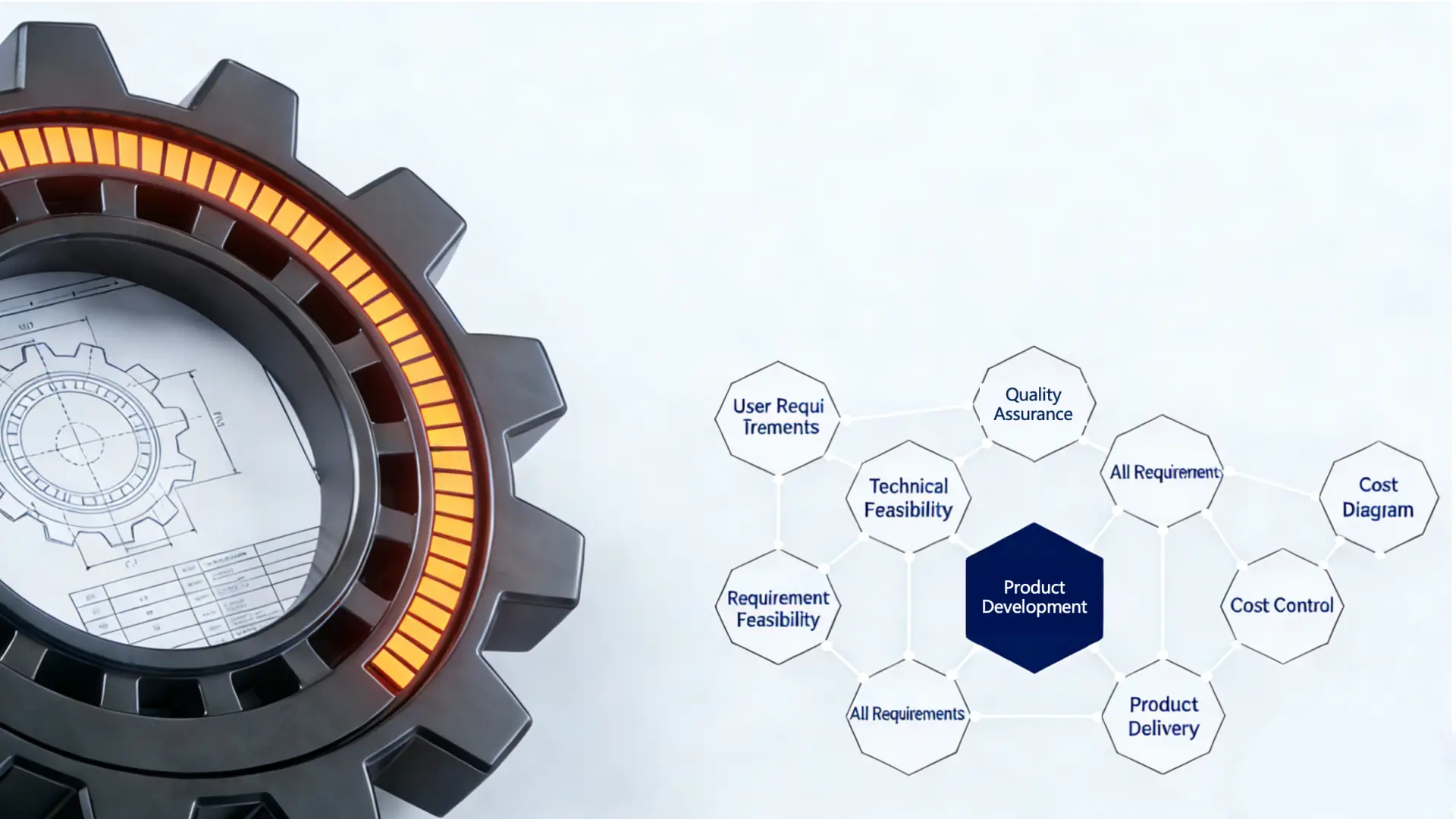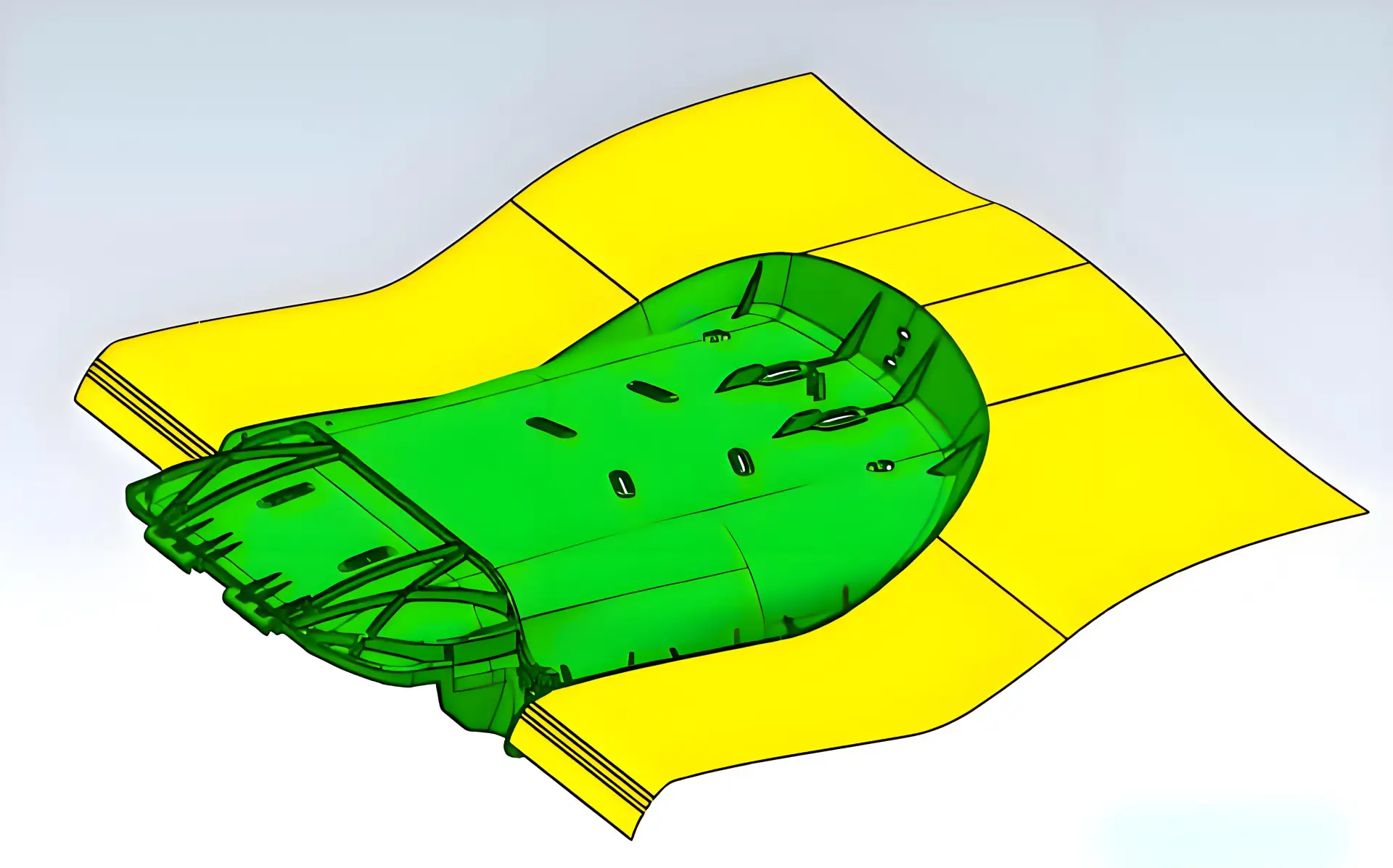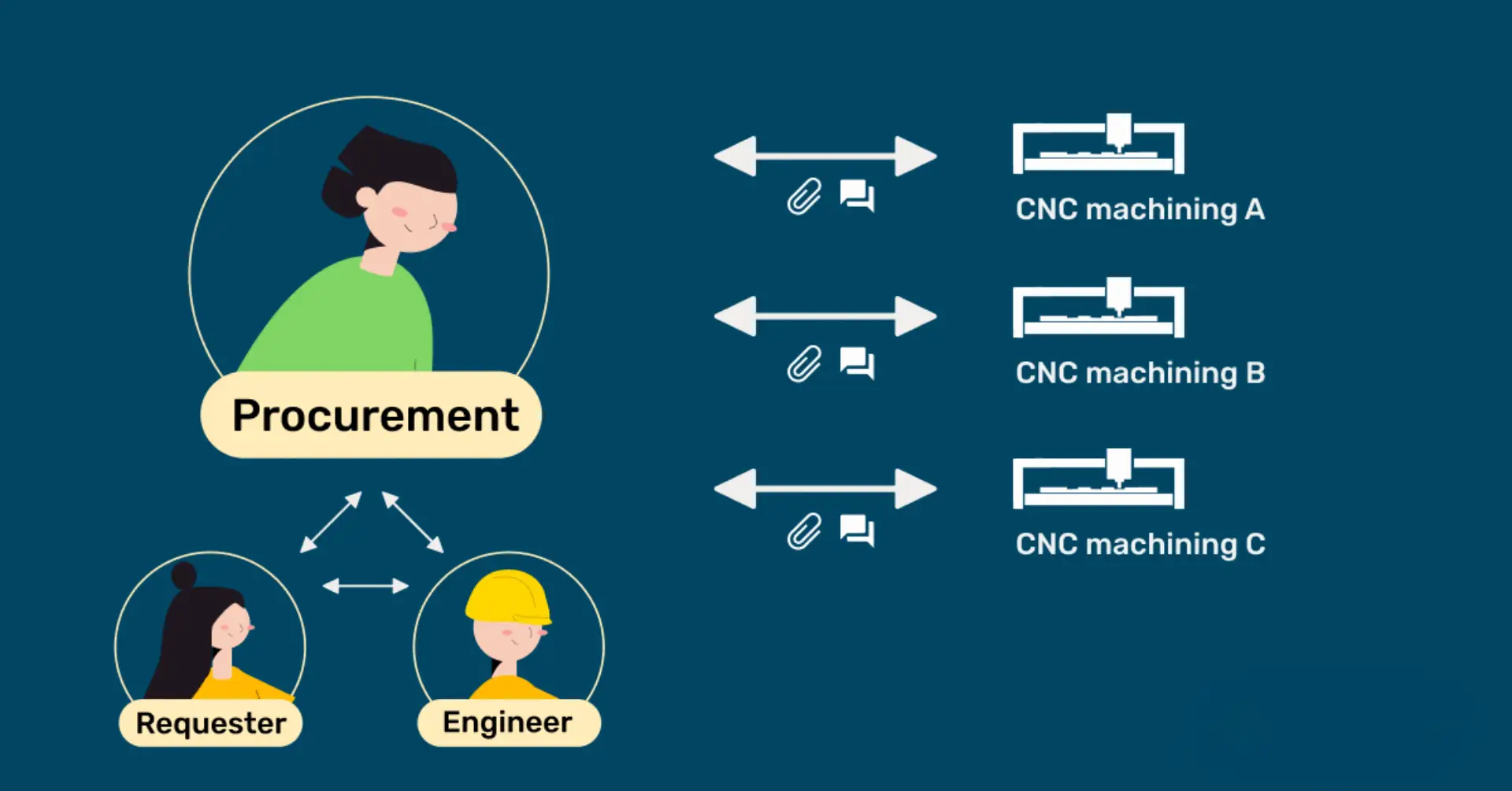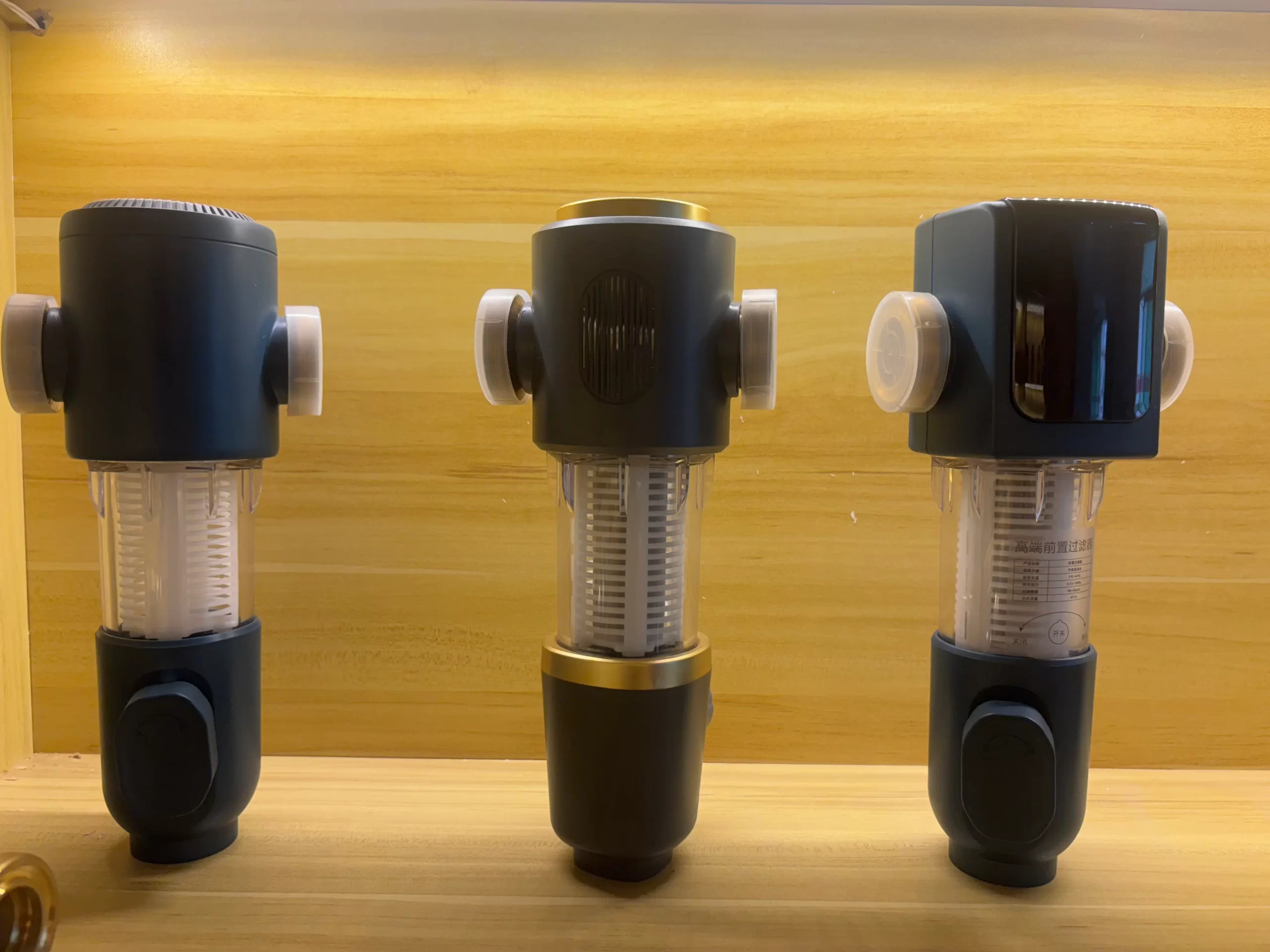In today’s rapidly evolving landscape of technological innovation, transforming creative sparks into tangible hardware products is not only a demonstration of technical prowess but also a testament to keen market insights and relentless iteration capabilities. This article will guide you through the entire journey of hardware product development, from concept to market, and light the way for your venture into the world of hardware entrepreneurship.
1. Demand Analysis and Market Research
Objective: To identify the core value of the product, understand the genuine needs of target users, grasp market dynamics, and clarify product positioning and competitive differentiation.
Steps:
User Interviews and Surveys: Directly engage with potential users to gather firsthand demand information.
Competitive Analysis: Study the strengths and weaknesses of similar products to identify gaps in the market or areas for improvement.
Market Positioning: Based on user needs analysis and competitive landscape, clarify the product’s target market segment and core selling points.
2. Concept Design and Product Definition
Objective: To transform vague ideas into specific, feasible product concepts, clarifying functional scope and appearance design direction.
Steps:
Creative Sketches and Conceptual Design: Rapidly visualize product forms through hand-drawn sketches or design software.
Functional Specification: Develop a detailed list of functions the product must deliver, setting performance indicators.
Technical Feasibility Assessment: Validate the technical feasibility of the design concept, conducting preliminary prototype tests if necessary.
3. Prototype Development and Testing
Objective: To visually validate the product design and functionality through rapid prototyping.
Steps:
Component Selection and Structural Design: Preliminarily select materials and components, building a structural model of the product.
Prototype Fabrication: Create a prototype, whether manually or through rapid prototyping methods.
Functional Testing and User Feedback: Verify prototype functionality and collect firsthand user feedback during trials.
4. Hardware and Software Development
Objective: To bring the design concept to life with actual hardware circuits and software systems.
Hardware Development:
Circuit Design: Draft schematics and determine PCB layout.
PCB Design: Create PCB layout and routing, preparing production files.
Component Selection and Assembly: Purchase components according to design requirements, proceeding with assembly and soldering.
Software Development:
Embedded Programming: Write microcontroller programs to realize hardware control logic.
Applications and User Interface: Develop companion software, providing a user-friendly interface and experience.
5. Integration and Validation
Objective: To ensure seamless collaboration between hardware and software, enhancing product performance and stability through system-level testing.
Steps:
Module Integration: Combine individual components into a complete system.
System Testing: Conduct comprehensive testing, including performance and compatibility checks.
Feedback and Optimization: Address issues uncovered during testing, continuously refining the product.
6. Mass Production Preparation and Validation
Objective: To pave the way for large-scale production, ensuring process stability and effective quality control.
Steps:
Production Process Developmen: Establish detailed process flows and production norms.
Production Equipment and Fixtures: Prepare necessary equipment and fixtures based on production processes.
Small-Batch Trial Production: Conduct small-batch trials to verify production procedures and quality control measures.
7. Launch and Market Promotion
Objective: To introduce the product to the market, achieving sales targets through effective marketing strategies.
Steps:
Marketing Plan Development: Include branding, pricing strategies, channel selection, etc.
Product Promotion and Distribution: Employ diverse marketing tactics, such as online and offline advertising, trade show participation, and cooperative distribution.
User Feedback Collection and Improvement: Actively gather user feedback, continually optimizing products and services to form a virtuous cycle.
From the spark of inspiration to a commodity in the market, hardware product development is a journey filled with challenges and opportunities. Through meticulous demand analysis, ingenious concept design, rigorous prototype testing, exquisite hardware and software development, strict integration validation, thorough production preparation, and potent market promotion, your ideas will undoubtedly become a reality, delivering convenience and value to users. May this guide serve as a beacon for you on your hardware product development journey, guiding you smoothly towards success.







